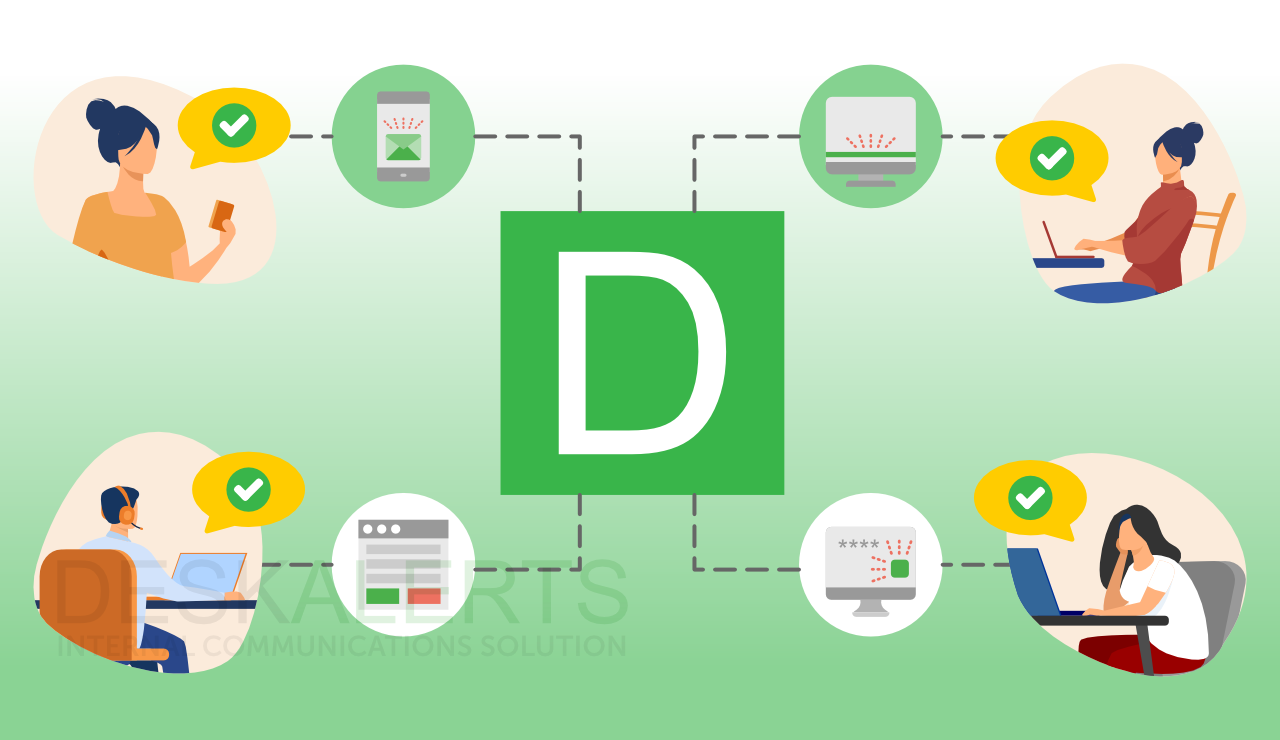No matter how good a strategy of communication is, if communicators are not aware of their nonverbal communication in the workplace, communication will more likely fail.

Nonverbal communication involves the transmission of information that is added on to the words being said during an interaction. Remember that what you say is as important as how you say it and relay it.
Types of Nonverbal Communication
Nonverbal cues and communication methods people utilize in order to relay information include:
1. Facial expressions
Human beings express their thoughts and feelings through facial expressions. We can use our eyes, mouth, eyebrows and other parts of the face to convey our message and emotions such as hurt, anger and happiness.
2. Body language
This is the way we sit, stand, move our arms, feet and hands, and other subtle movements that we do.
3. Eye contact
More often than not, a strategy of communication fails if one of the parties involved in an interaction does not maintain eye contact. Eye contact typically connotes trustworthiness and honesty. It is also utilized to convey interest and genuine emotions, and it allows both parties to develop rapport with each other.
4. Posture
This includes how you carry yourself, your stand, rigidity or uprightness. You relay messages when you lean back comfortably, sit up rigidly or close your eyes when someone is talking.
5. Gestures
These include hand gestures which can are particularly rich conveyors of messages. Not only do they punctuate spoken language, they also add meaning to what is being said. Other gestures which are done less consciously include stroking one’s hair, tugging on clothes or jewellery, placing hands on hops or scratching one’s nose.
6. Clothing and other accessories
When creating a strategy of communication, how you look should also be taken into consideration when you are interacting with others. The kinds of clothes you wear and the accessories you have send very powerful nonverbal messages to your intended recipients. For example, wearing a stained and sloppy shirt to a meeting may make others see you as lazy or indifferent; while, on the flipside, a crisp business suit will make you look professional and competent.
7. Signs
Signs such as pictures or symbols are also forms of nonverbal communication.
8. Tone of voice
This includes inflection, pacing, pauses, pitch and loudness. This is particularly useful when interactions are face-to-face or over the phone.
9. Touch
While some may fail to see touch as a form of nonverbal communication, it is actually a very important one. This can include a hug, a pat on the back or even a touch on the hand to convey sympathy. At times, words are not even needed to convey messages when touch is used.
10. Office décor and physical space
The way your office is decorated or set up sends messages to employees, clients and visitors who enter the space. This includes the type of furniture that is chosen, where desks are placed, and the distance between cubicles and seats.
Why Nonverbal Communication is Important
Nonverbal communication should always be taken into account when creating and executing a strategy of communication. When used with verbal words, nonverbal communication helps you relay your messages in a clearer and more significant way. You can use nonverbal communication to emphasize, reinforce or enliven your communication with others.
Utilize nonverbal communication to consciously communicate your intended message to others in the most effective way possible. Remember that nonverbal communication creates shared meaning, that is, your intended recipient received the message you are sending the way you intended it to be received and accepted. It is when a mismatch or disconnect between verbal and nonverbal communication that miscommunication, frustration and confusion occur.






